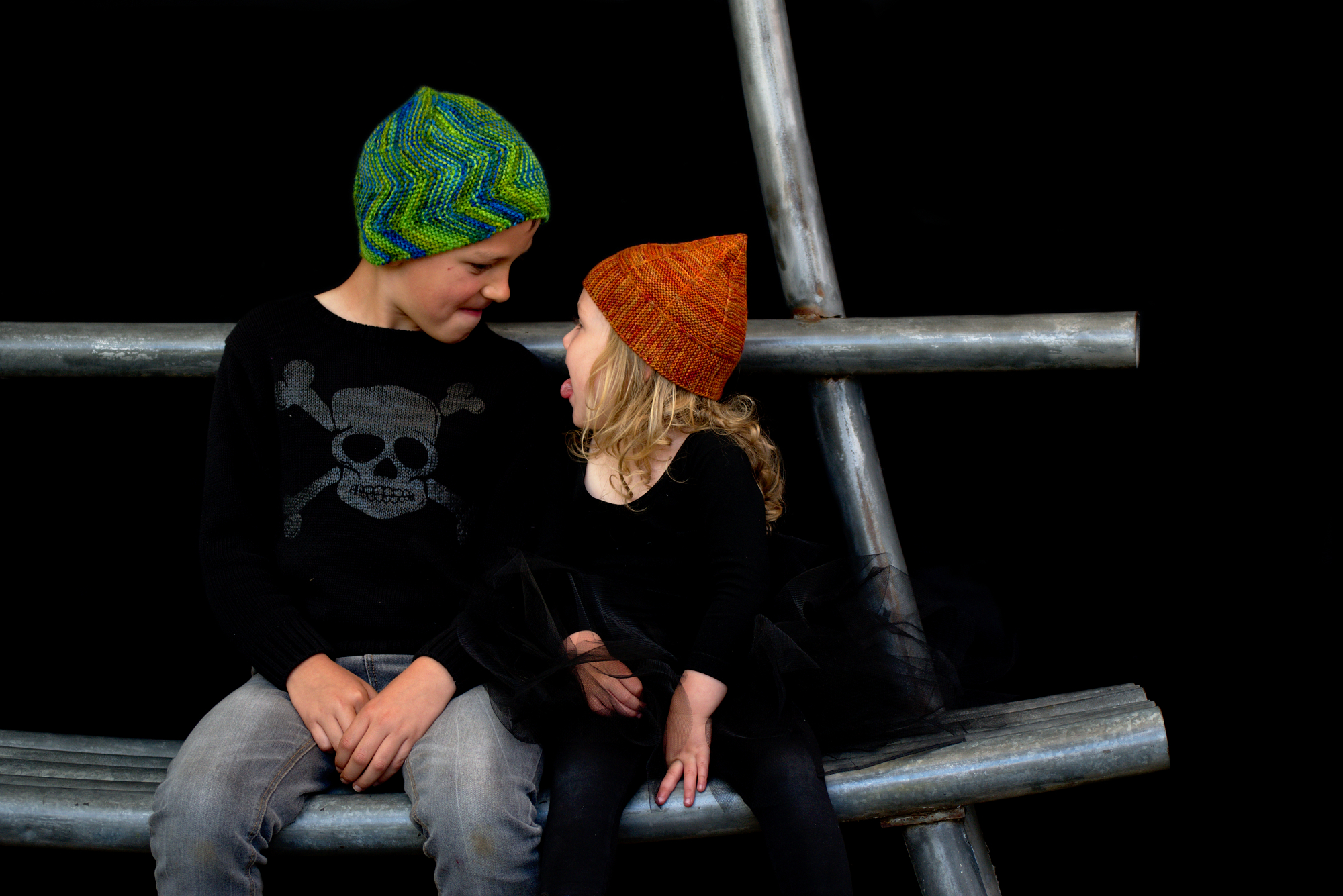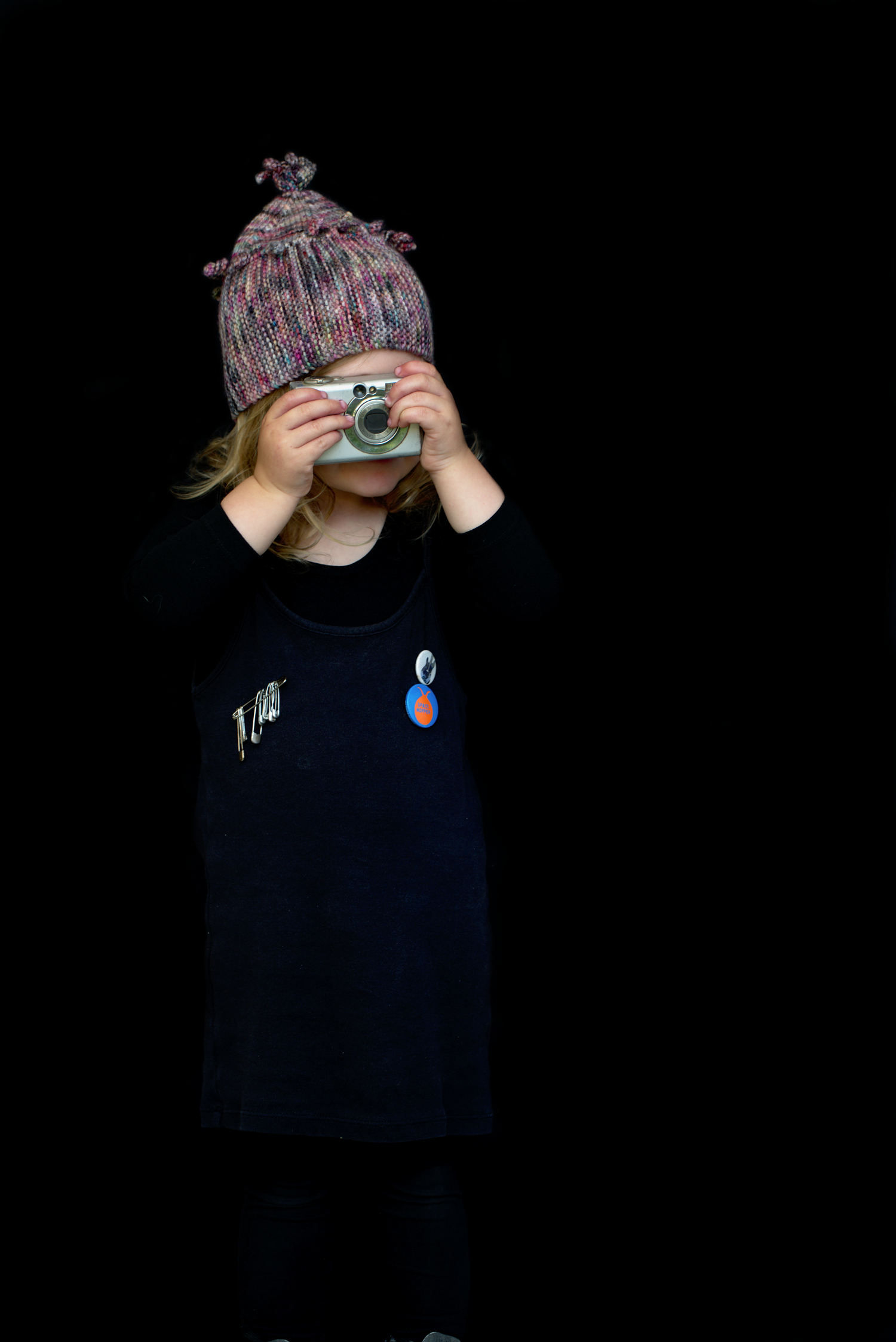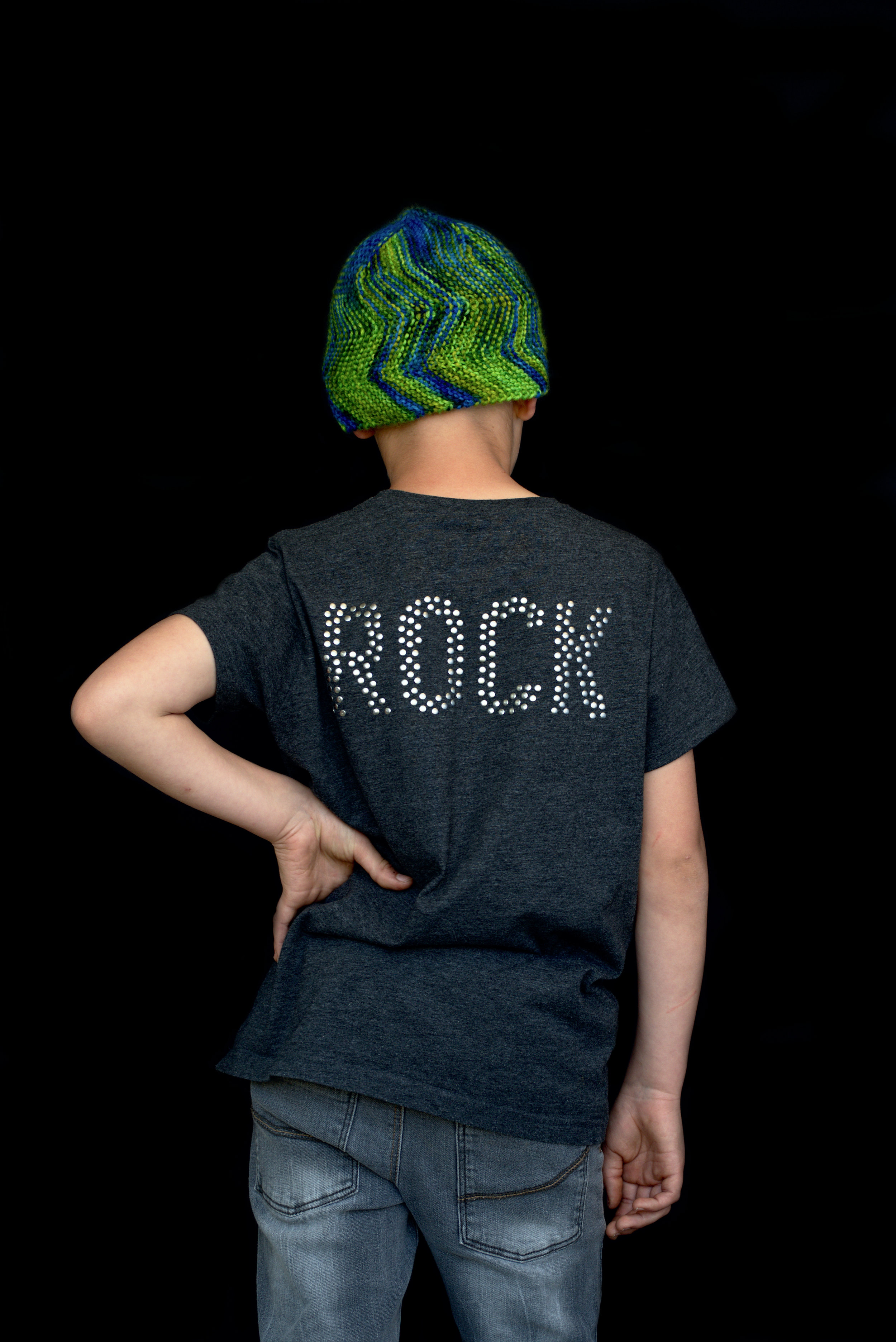Today I'm really tired. I spent the weekend in London for the lovely, lovely Yarnporium and while I took yesterday off, I am feeling a bit rough around the edges today. I spent Friday at the Victoria & Albert museum in London which is dedicated to arts & crafts and design. I took in the Opus Anglicanum: Masterpieces of English Medieval Embroidery with a friend and also lingered with the sections on medieval European art. Saturday I taught two classes at Yarnporium (and managed to get lost on my way to teaching the Knitting the Landscape class which I thought was very on-message and method of me). I caught up with vendors and friends before heading to an evening do thrown by LoveCrafts in Bloomsbury. Sunday I spent the morning at Yarnporium again meeting awesome folks before spending my last hours in London at the near-by National Gallery.
I had been quite nervous about teaching Knitting the Landscape as the class had been commissioned by Yarnporium and thus was brand-new. The class went really well, actually, and I was blown away by people's willingness to reassess their approach to knitting. I found it so inspirational to hear people's stories and I loved how individual all the finished pieces looked. Though there are some limitations to the workshop (such as it can only really work with a large number of participants), I will be adding it to my repertoire going forward and I cannot wait to see how people interpret their world through knitting.
I have only just unpacked my bags from Yarnporium and now I'm off to Northern Ireland. I'm teaching Shetland Lace at Glen Gallery - this will be my third year of teaching their November workshops and I always look forward to my visit. So, laundry to do, samples to air and then it is off again..
.. but before that happens, I just want to tell you something that happened yesterday. I learned that I have been nominated as Designer of the Year in the British Craft Awards. This nomination really floored me - particularly because I am nominated along some serious heavyweights like Martin Storey and Marie Wallin. Having begun designing on a whim whilst working for a yarn company to making designing my full-time career just two years ago and now being mentioned alongside people I really admire .. well, I cannot begin to tell you how much this means to me. I am not quite sure what to make of it all, but I am so pleased to see woolly chums like Tom of Holland, Knit British, and BritYarn nominated in various categories. It feels like we are slowly changing the conversations we are having about knitting. Hooray.
I'm off to continue work on the book and answer questions from my inbox. Please be patient: I won't have access to internet or mobile data whilst in Northern Ireland!

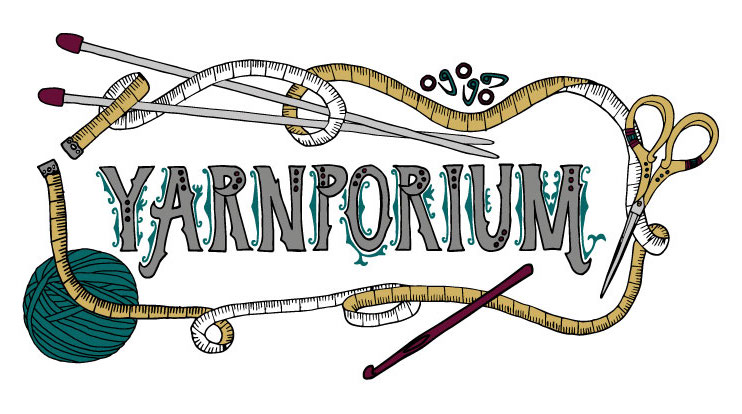 I'm currently packing my bags for London. This weekend, November 5 & 6, I'll be teaching at
I'm currently packing my bags for London. This weekend, November 5 & 6, I'll be teaching at 
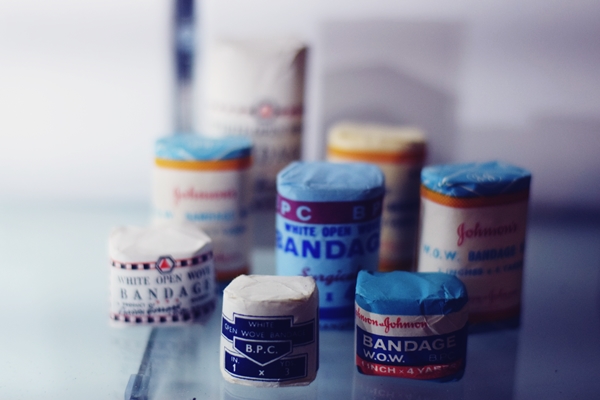
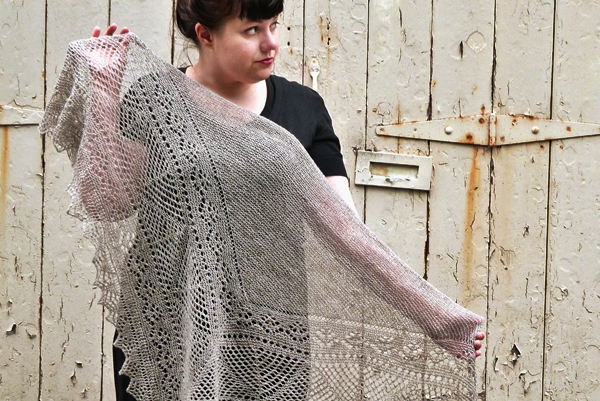




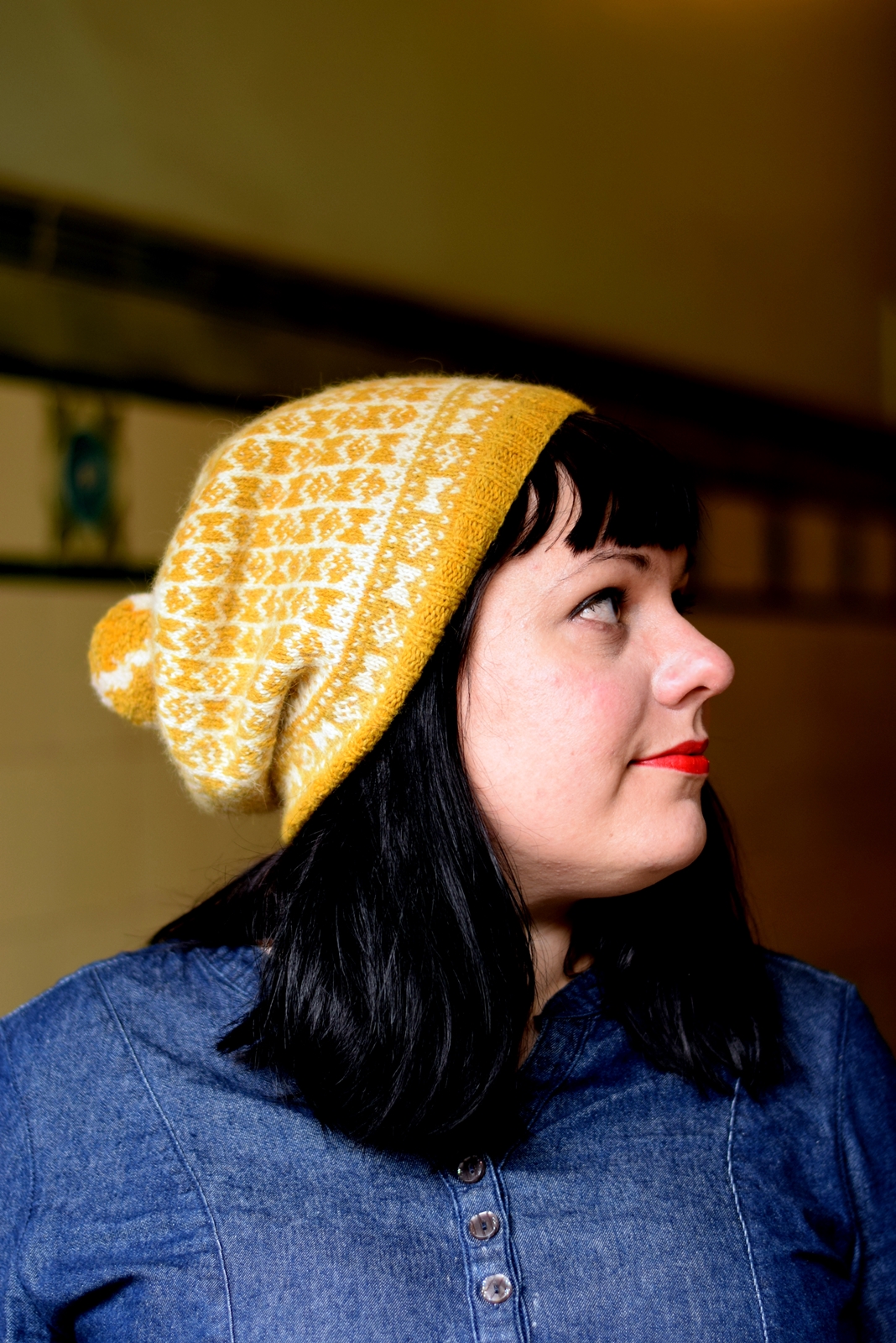 Judging by my inbox, this pattern launch should please a lot of people out there! Say hello to the Burnet hat! This was an Edinburgh Yarn Festival 2016 exclusive pattern, but the copyright has now reverted to me. Burnet is one of my own personal favourite patterns and I am so happy that so many of you agree with me!
Judging by my inbox, this pattern launch should please a lot of people out there! Say hello to the Burnet hat! This was an Edinburgh Yarn Festival 2016 exclusive pattern, but the copyright has now reverted to me. Burnet is one of my own personal favourite patterns and I am so happy that so many of you agree with me!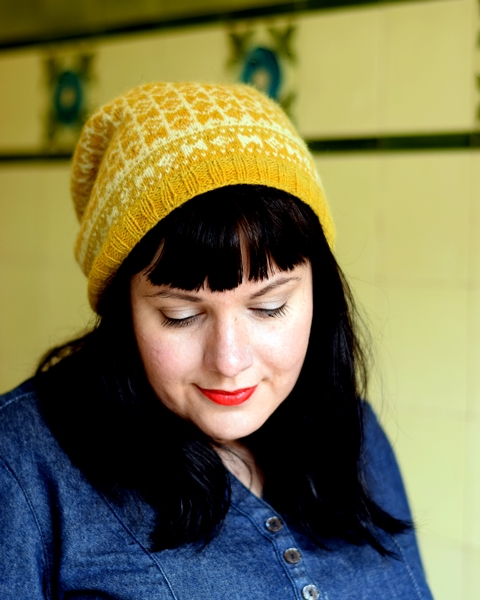
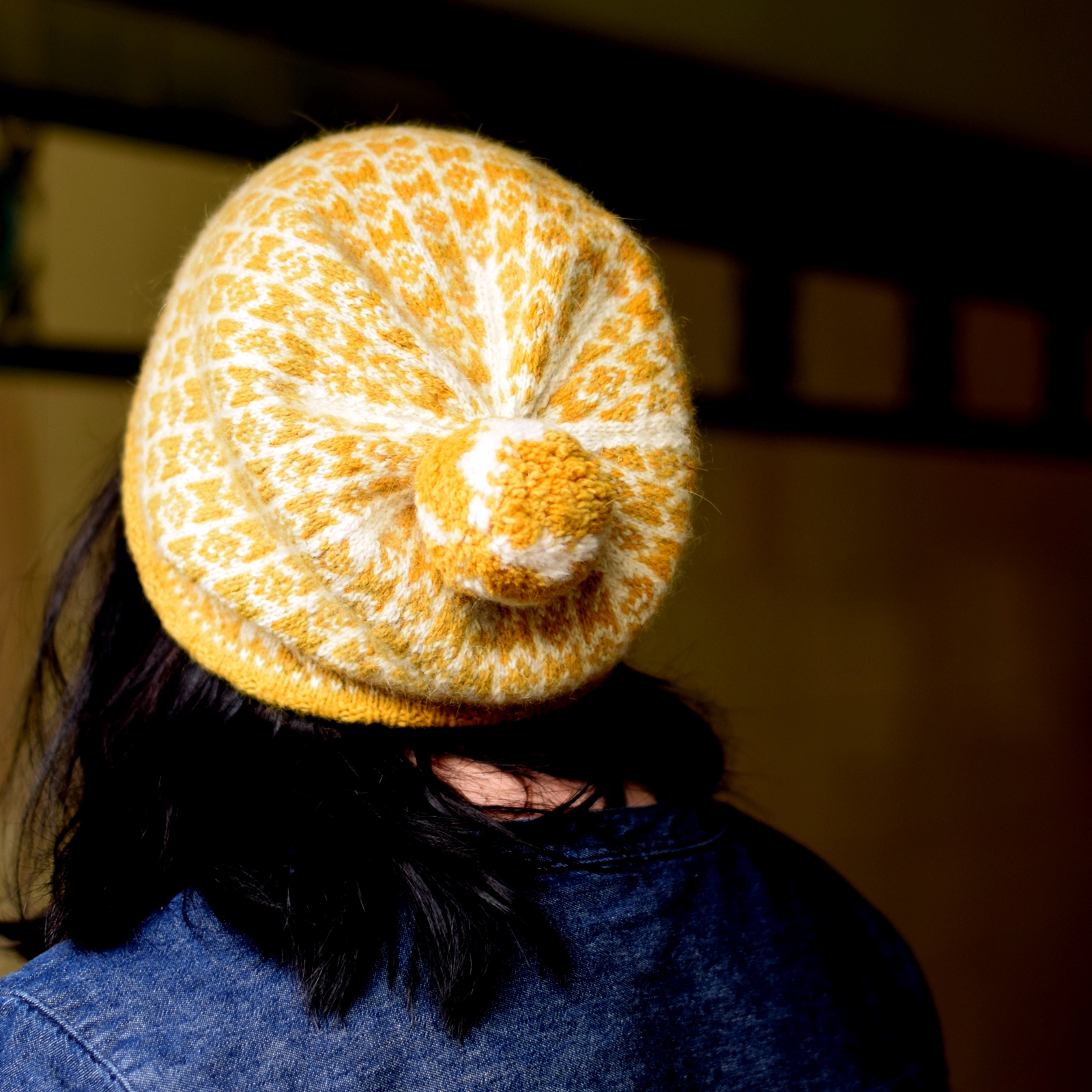 Burnet is knitted using two hanks of
Burnet is knitted using two hanks of 